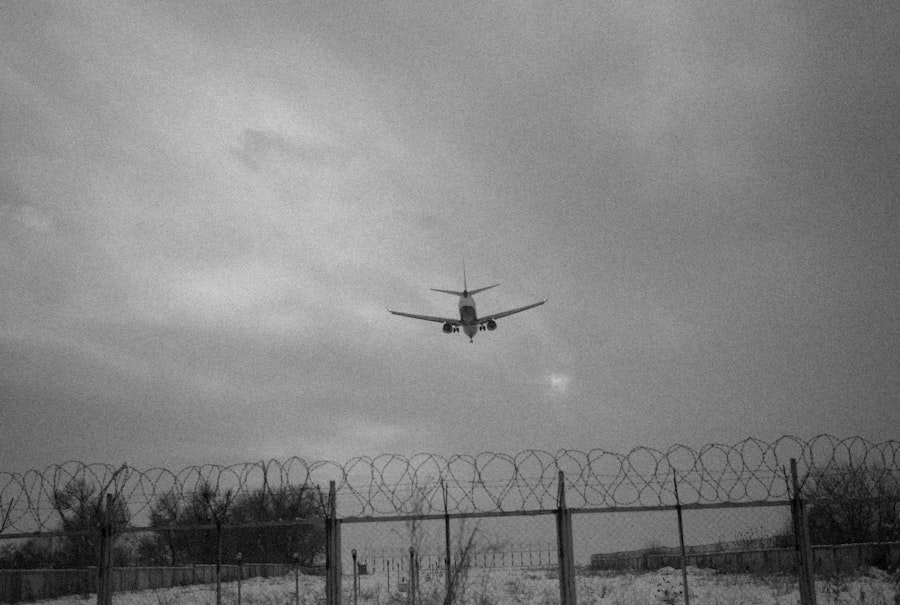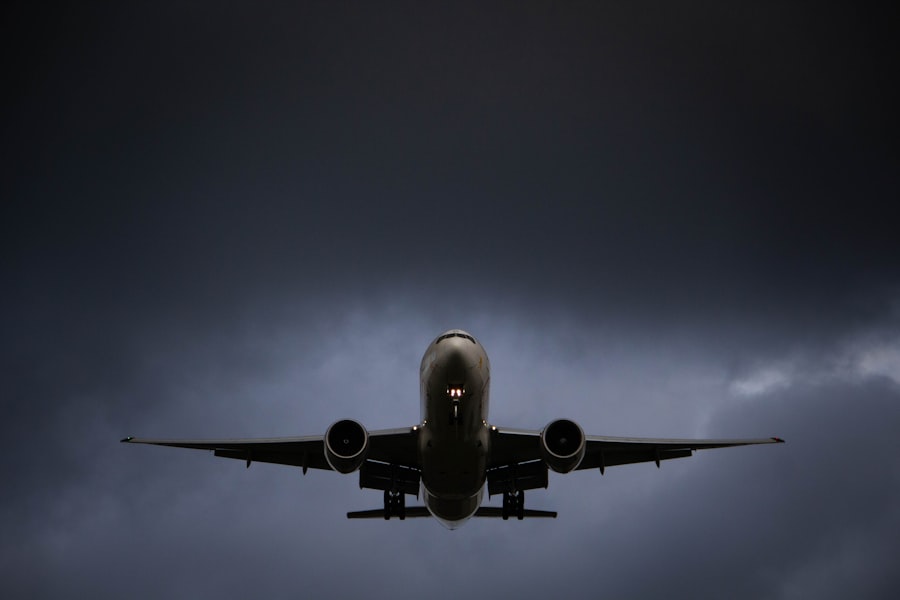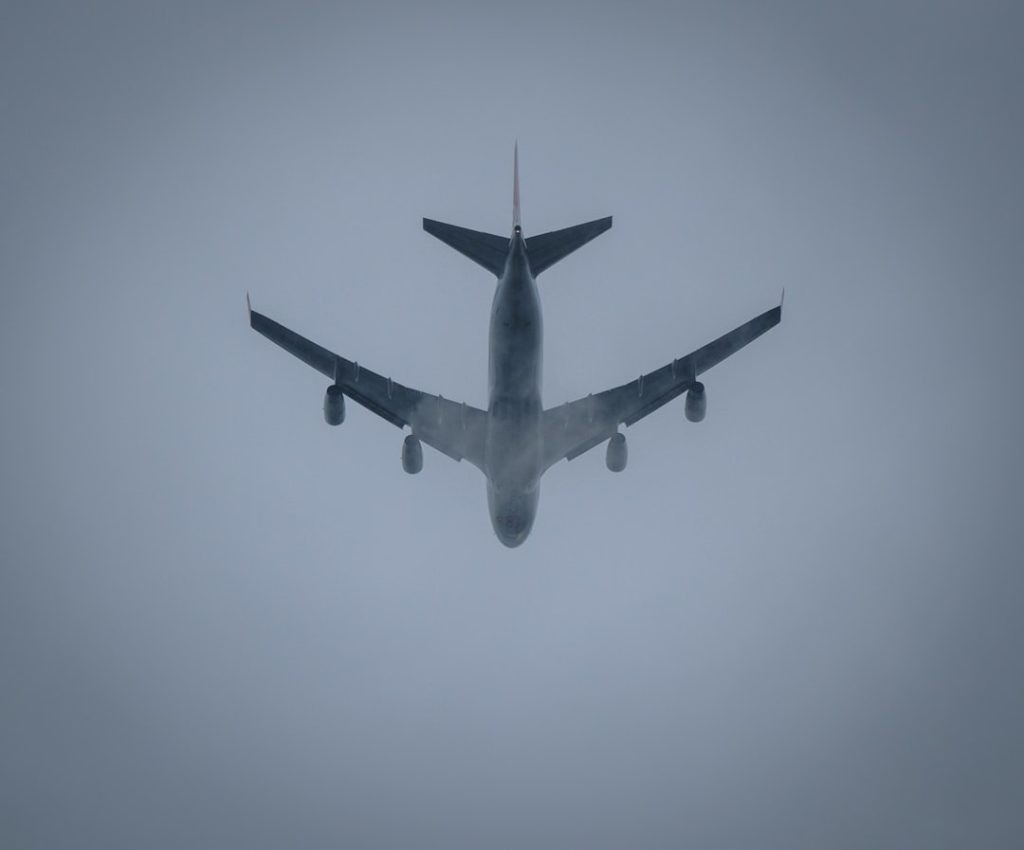The Civil Aviation Authority (CAA) serves as a pivotal institution in the realm of aviation, tasked with the regulation and oversight of civil aviation activities within a specific jurisdiction. Established to ensure the safety, security, and efficiency of air travel, the CAA plays a crucial role in shaping the aviation landscape. Its formation is often a response to the growing complexities of air transport, necessitating a dedicated body to manage the myriad of regulations and standards that govern this vital industry.
The authority operates under national legislation and is often aligned with international aviation standards set forth by organizations such as the International Civil Aviation Organization (ICAO). The CAA’s influence extends beyond mere regulation; it encompasses a broad spectrum of responsibilities that include the promotion of air travel, the enhancement of passenger rights, and the facilitation of economic growth through aviation. By fostering a safe and efficient air transport system, the CAA not only protects the interests of passengers and airlines but also contributes to the overall development of the aviation sector.
This multifaceted role underscores the importance of the CAA in maintaining public confidence in air travel, which is essential for the continued growth and sustainability of the industry.
Key Takeaways
- Civil Aviation Authority (CAA) is responsible for regulating and overseeing civil aviation activities within a country.
- CAA is responsible for ensuring the safety and security of civil aviation operations, as well as promoting the efficient use of airspace.
- CAA sets safety regulations and standards to ensure compliance with international aviation requirements and best practices.
- CAA conducts oversight and surveillance of air operators to ensure compliance with safety regulations and standards.
- CAA is responsible for accident investigation and safety management to prevent future incidents and improve aviation safety.
Responsibilities of Civil Aviation Authority
The responsibilities of the Civil Aviation Authority are extensive and multifarious, reflecting the complexity of modern aviation. One of its primary duties is to establish and enforce regulations that govern all aspects of civil aviation, including aircraft operations, air traffic management, and airport safety. This regulatory framework is designed to ensure that all aviation activities are conducted in a manner that prioritizes safety and efficiency.
The CAA also engages in continuous monitoring and evaluation of aviation practices to adapt to emerging challenges and technological advancements. In addition to regulatory oversight, the CAA is responsible for licensing air operators and ensuring that they meet stringent safety and operational standards. This includes conducting thorough assessments of airlines, maintenance organizations, and other aviation service providers.
The authority also plays a vital role in consumer protection by enforcing regulations that safeguard passenger rights, such as compensation for flight delays or cancellations. By balancing the interests of various stakeholders—including airlines, passengers, and airport operators—the CAA strives to create a fair and competitive aviation environment.
Safety Regulations and Standards

Safety regulations and standards form the backbone of the CAA’s mandate, as they are essential for mitigating risks associated with air travel. The authority develops comprehensive safety guidelines that encompass all facets of aviation operations, from aircraft design and maintenance to pilot training and air traffic control procedures. These regulations are informed by extensive research, data analysis, and lessons learned from past incidents, ensuring that they are both relevant and effective in addressing contemporary safety challenges.
One notable example of the CAA’s commitment to safety is its implementation of rigorous certification processes for aircraft and aviation personnel. Before an aircraft can be operated commercially, it must undergo a series of inspections and tests to verify its compliance with safety standards. Similarly, pilots and maintenance technicians are required to complete specific training programs and pass examinations to obtain their licenses.
This meticulous approach not only enhances safety but also fosters a culture of accountability within the aviation industry.
Oversight and Surveillance of Air Operators
| Aspect | Metric |
|---|---|
| Number of Inspections | 100 |
| Number of Violations Found | 5 |
| Number of Safety Audits Conducted | 20 |
| Number of Corrective Actions Issued | 10 |
The oversight and surveillance of air operators is a critical function of the Civil Aviation Authority, ensuring that airlines adhere to established safety standards and operational protocols. This oversight is achieved through a combination of routine inspections, audits, and performance evaluations. The CAA employs a team of inspectors who conduct on-site assessments of airlines, maintenance facilities, and airports to verify compliance with regulatory requirements.
In addition to scheduled inspections, the CAA also utilizes data analytics and reporting systems to monitor air operators’ performance continuously. This proactive approach allows the authority to identify potential safety issues before they escalate into serious incidents. For instance, if an airline experiences a spike in technical malfunctions or operational irregularities, the CAA can intervene promptly to investigate the underlying causes and implement corrective measures.
This level of vigilance is essential for maintaining high safety standards in an industry where even minor lapses can have catastrophic consequences.
Accident Investigation and Safety Management
Accident investigation is another critical area where the Civil Aviation Authority plays an indispensable role. When an aviation accident occurs, it is imperative to conduct a thorough investigation to determine its causes and prevent future occurrences. The CAA collaborates with various stakeholders, including law enforcement agencies, aircraft manufacturers, and international organizations, to gather evidence and analyze data related to the incident.
The findings from these investigations are not merely academic; they lead to actionable recommendations aimed at enhancing safety across the aviation sector. For example, if an investigation reveals that a particular type of aircraft has design flaws contributing to accidents, the CAA may mandate modifications or additional training for pilots operating that aircraft. Furthermore, these investigations often result in changes to regulations or operational procedures that benefit the entire industry by addressing systemic issues.
International Collaboration and Standards

In an increasingly globalized world, international collaboration is essential for ensuring consistent safety standards across borders. The Civil Aviation Authority actively engages with international organizations such as ICAO to align its regulations with global best practices. This collaboration facilitates information sharing, joint training initiatives, and coordinated responses to emerging threats in aviation safety.
One significant aspect of this international cooperation is participation in safety audits conducted by ICAO. These audits assess a country’s compliance with international safety standards and provide valuable feedback for improvement. By embracing these collaborative efforts, the CAA not only enhances its own regulatory framework but also contributes to global aviation safety initiatives.
This interconnected approach is vital in addressing challenges such as cybersecurity threats or environmental concerns that transcend national boundaries.
Training and Certification of Aviation Personnel
The training and certification of aviation personnel are fundamental components of maintaining high safety standards within the industry. The Civil Aviation Authority establishes rigorous training programs for pilots, air traffic controllers, maintenance technicians, and other aviation professionals. These programs are designed to equip individuals with the knowledge and skills necessary to perform their duties safely and effectively.
Certification processes are equally stringent; candidates must demonstrate proficiency through examinations and practical assessments before obtaining their licenses. For instance, pilots undergo extensive simulator training that replicates various flight scenarios, including emergency situations. This hands-on experience is crucial for preparing them to respond effectively in real-world conditions.
Additionally, ongoing training requirements ensure that aviation personnel remain current with evolving technologies and regulations, fostering a culture of continuous improvement within the industry.
Future Challenges and Innovations in Aviation Safety
As the aviation industry continues to evolve, it faces a myriad of challenges that will shape its future landscape. One pressing concern is the integration of new technologies such as unmanned aerial vehicles (UAVs) and advanced air mobility solutions into existing airspace systems. The Civil Aviation Authority must develop regulatory frameworks that address these innovations while ensuring safety remains paramount.
Moreover, environmental sustainability is becoming increasingly important in aviation discourse. The industry is under pressure to reduce its carbon footprint through more efficient operations and alternative fuels. The CAA will need to collaborate with stakeholders to establish guidelines that promote sustainable practices without compromising safety.
In conclusion, while the Civil Aviation Authority has made significant strides in enhancing aviation safety through regulation, oversight, training, and international collaboration, it must remain agile in addressing emerging challenges. By embracing innovation while upholding rigorous safety standards, the CAA can continue to foster a safe and efficient aviation environment for all stakeholders involved.


